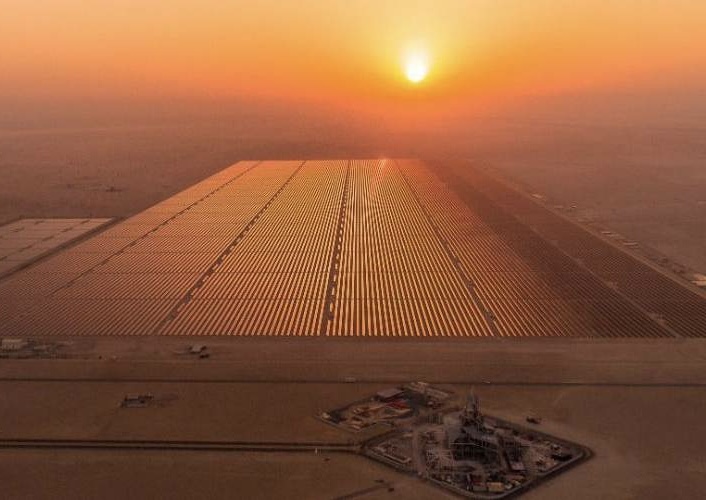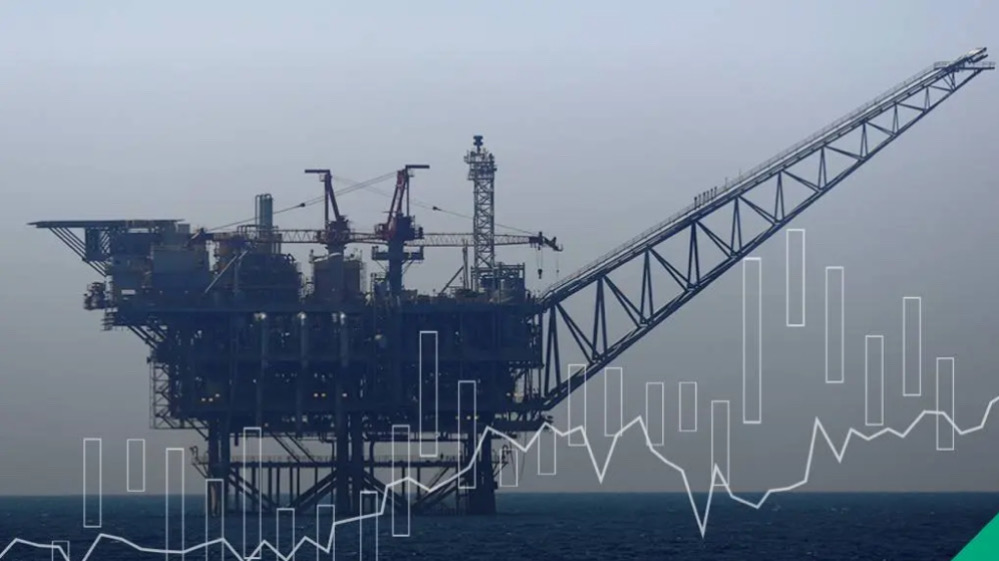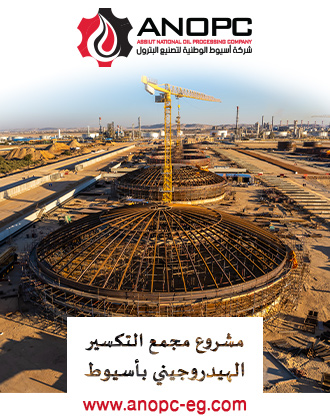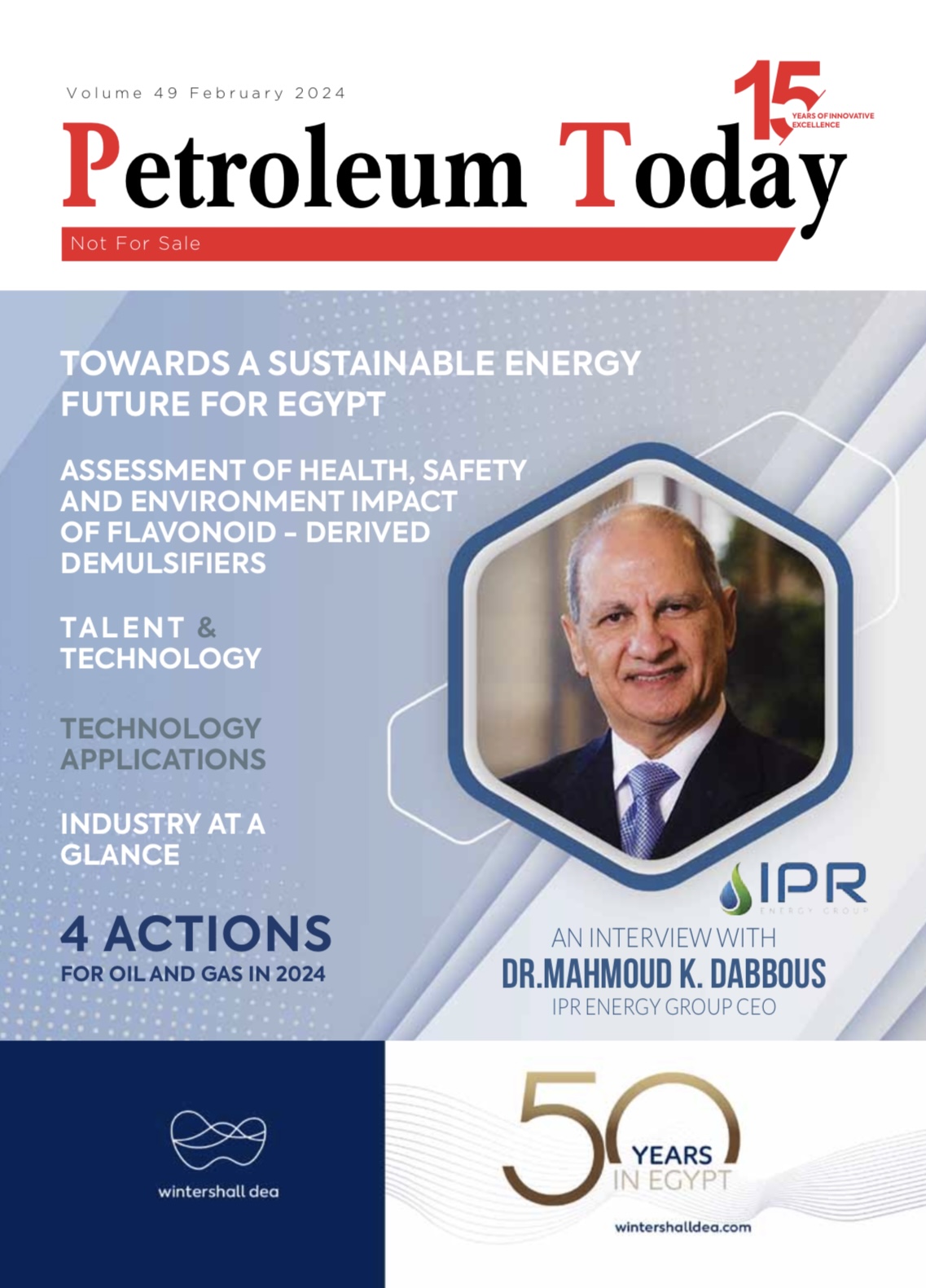Reports
How will Lebanon pay for Egyptian natural gas?
Published on : 2021-10-07
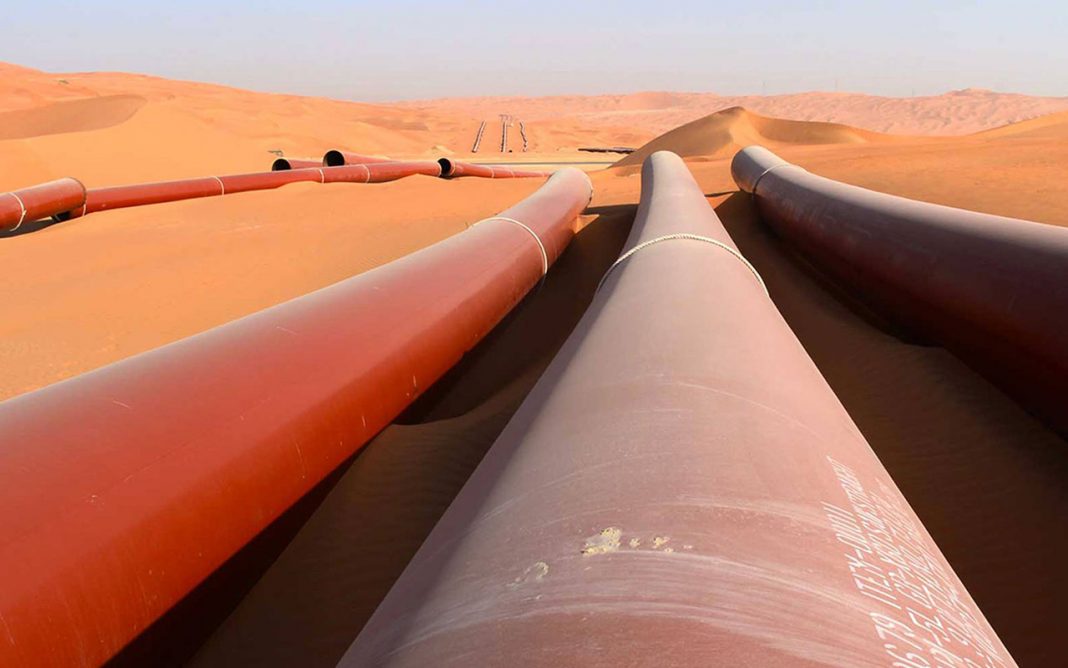
Egypt’s Minister of Petroleum announced Tuesday that his country will export natural gas to Lebanon in the coming weeks.
This statement came after his talks, held for two days, with Lebanese counterpart Walid Fayad, where they discussed a road map for supplying Lebanon with Egyptian gas, including all technical, commercial, and contractual aspects, as well as the supply mechanism.
These discussions were held after nearly a month of the agreement of the Arab Gas Pipeline countries "Egypt, Jordan, Syria and Lebanon" on September 8, to deliver Egyptian natural gas to Lebanon via Jordan and Syria.
Lebanon suffers from a crisis in fuel and electricity within a severe economic crisis, which makes a room for questioning who would pay for exporting the gas to the Lebanese lands.
Previously, the US Ambassador to Lebanon, Dorothy Shea, announced that negotiations are underway with the World Bank to secure financing for the price of Egyptian gas to Lebanon, repair and strengthen electricity transmission lines and carry out the required maintenance of gas pipelines.
The transfer of Egyptian gas through Jordan and Syria to northern Lebanon will be facilitated, according to Shea.
Egyptian gas contributes to feeding the Deir Ammar plant in northeastern Lebanon, with a capacity of about 450 megawatts, according to the Lebanese Minister of Energy and Water, Raymond Ghajar.
Deir Ammar lab provides more than 4 hours of electrical power supply to the Lebanese citizens.
The Arab gas pipeline
The Arab Gas Pipeline (AGP) has started in late 1990 planning for the extension of 1,200 kilometers of the Arab gas pipeline that aims at delivering the Egyptian gas to Jordan, Syria and Lebanon. Egypt has initiated the pumping with 28 million cubic meters of gas daily to Lebanon in 2009.
AGP was implemented in three phases, starting from Al-Arish to Aqaba, with a length of 265 km and a capacity of 10 billion m3 annually. The supply of natural gas from Egypt to Jordan under this phase began in mid-2003.
The second phase extended from Aqaba to the Rehab area in northern Jordan with a length of 393 km. The supply of gas to power plants in the north of the Hashemite Kingdom began in February 2006, while the second phase from Rehab to the Jordan-Syria border was completed with a length of 30 km in March 2008.
The southern part of the third phase was implemented inside the Syrian territory, extending from the Jordanian-Syrian border to the city of Homs with a length of 320 km and was put into operation in July 2008.
Exporting Egyptian natural gas to Lebanon via Jordan began in 2009, until it stopped in 2011 after pipelines were damaged during the Syrian civil war and sabotage attacks.
Syrian Minister of Oil and Mineral Resources Bassam Tohmy considered the Arab Gas Pipeline project one of the most important joint Arab cooperation projects.
Syria agreed to transfer Egyptian gas and Jordanian electricity to Lebanon through lines that pass through Syrian territory.


